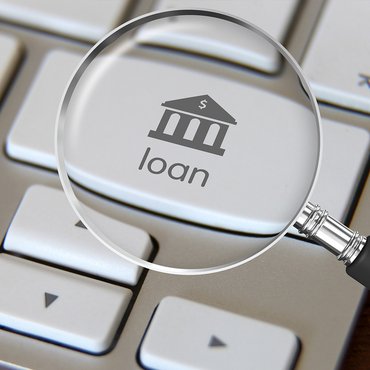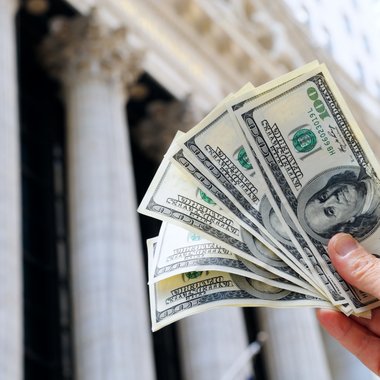Should U.S. consumers be able to repay loans with cash?
Apr 29, 2021The impact of COVID-19 continues to be seen and felt across the globe, including significant blows to the global economy. Social distancing measures have forced the closure of many businesses and caused unemployment to soar. Even people who have been consistently working throughout the pandemic have struggled, and found themselves living paycheck to paycheck, especially in the United States where 63% of the society faces this issue*.

In April 2020, the rate of U.S. unemployment shot up above 14% as businesses were forced to close due to government social distancing regulations, and although the economic recovery is ongoing there is still some way to go. The impact of COVID-19 on jobs has affected low-income households disproportionately, so many people were left without enough finances to cover monthly bills. It is not surprising that taking out loans to cover these bills and other day-to-day expenses has been a solution for many.
Workers are increasingly receiving income in cash
Following the increase in unemployment, the closure of businesses, and the reduction of fixed income, more people have sought out alternative ways to earn income, such as joining the gig economy. Gig economy workers are less likely to receive their wages from the monthly company payroll as direct deposits into a bank account. As a result, there is an increased possibility that wages would be paid in cash.
To help those who have been struggling most throughout the pandemic, the United States Government signed a $1.9 trillion pandemic rescue bill into law, the second relief package of its kind. For those that are eligible for the stimulus check, the payment provides up to $1,400 per individual. Those that do not have a bank account registered with the U.S. Government, including those that are financially excluded (generally the low-income households that need the payment most urgently) will receive the stimulus check to be paid in cash after those that have access to a bank account.
For these consumers that are waiting it is even more likely that the stimulus checks will be used to pay off accrued loans. With this in mind, it is vital to ensure that those who are financially excluded are not unfairly penalised and have the same payment options and freedoms as everyone else.
The importance of cash in the U.S.
According to our 2020 consumer research report Lost in Transaction: The impact of COVID-19 on consumer payment trends 60% of U.S. consumers said that cash is the most reliable form of payment in a crisis and 75% would be worried if they could no longer access cash. These statistics demonstrate that cash is a payment method that many Americans use and still wish to use.
Accepting cash online
Approximately seven million households in the US are completely unbanked and many more are underbanked. This can severely restrict access to digital financial services when the only payment methods available are card payments or bank transfers. This includes access to loans when repayments rely heavily on direct bank transfers. Additionally, it is also likely that the recipient would make the majority of their loan payments in the same way that they receive their income, and considering the number of people moving into the gig economy, the importance of cash as a payment method increases. It would make sense for these consumers to be able to repay their loans by using their preferred payment method.
eCash solutions efficiently enable cash payments digitally. A barcode can be integrated on the bill and sent directly to the individual in the mail or downloaded digitally and taken to a payment location, where it is scanned and the transaction is completed in cash. This means the digital payment is made in cash without any physical interaction with the servicing loan provider.
There are other groups of consumers that might find the opportunity to repay loans with cash appealing. For example, those who still feel there is a stigma around having a payday loan. By enabling cash as a payment option this could provide the loan business with a USP for potential customers that do not want the loan to be evident in their bank account.
Looking ahead
Low-incomes households in the U.S. have been hit hardest by unemployment and are facing delayed stimulus check payments from the government in cash. Delayed payments could result in higher loan bills. So when thinking about the future of loan repayments, accepting cash offline and online must be strongly considered.
There is a clear gap in the market for lenders. And with the key purpose of financial inclusion being to tackle the issue that the less money you have, the more expensive access to finance is, there is an altruistic benefit of making loans easily accessible and inexpensive to the cash consumer as well.
*CNBS (checked: 21.4.2021): https://www.cnbc.com/2020/12/11/majority-of-americans-are-living-paycheck-to-paycheck-since-covid-hit.html

